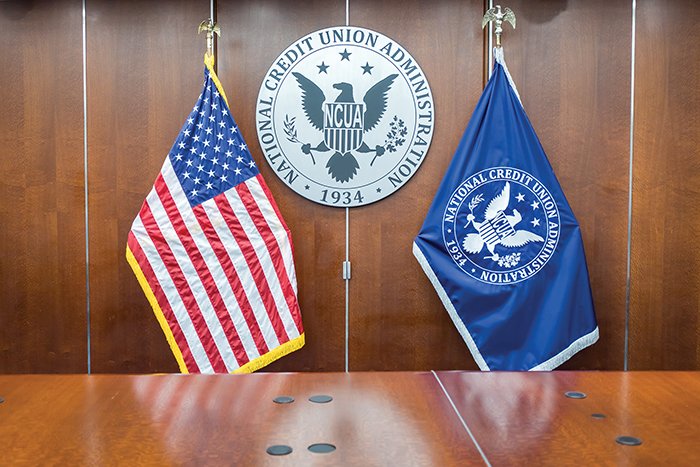PASADENA, Calif. — Credit union land has been a natural place to find co-opetition-cooperation among competitors-since the term emerged, and it would be hard to find a better example than the relationship between Wescom Resources Group and Symitar.
WRG, the technology products and services CUSO of Wescom Credit Union, has been regularly called upon by Symitar to help with the core processing conversions that accompany mergers.
The CUSO sends a small team of staffers to help with analysis and programming, working for Symitar, a Jack Henry & Associates division whose popular Episys core processing platform has spawned a cottage industry of specialists providing ancillary software products and consulting services.
“We have our own professional services team, and we might periodically chase after some of the same work, but the reality is that each of us has our own strengths and capabilities,” said Ted Bilke, general manager of Episys operations and development at Symitar.
“I know it's kind of a word from the 90s, but I like to call it co-opetition. It fits very well. Everybody is trying to service this market around Symitar applications and we're really excited to have them help us fill any voids in being able to support our customers,” Bilke said of the WRG engagements.
WRG helped with three mergers last year and is expected to now provide support for SymForms forms development and PowerOn programming deployments for one of the three conversions Symitar has planned for each month this year, Bilke said, along with merger work.
WRG's role is simple to define. “We assist with all the data mapping and crossover work and then getting all that information from the credit union that's being taken over into the new credit union's system,” said Alan Brunner, director of operations for WRG.
But no two jobs are exactly the same for the WRG team, which usually consists of a programmer, business analyst and project manager. A merger takes two to four months, and “each one is different,” Brunner said.
“For instance, we could be converting from an Open Solutions system to Symitar or a Summit system to Symitar, or we could be moving it all from one Symitar system to another, which is a little easier, since you can use a lot of the existing code,” he said.
The customers also have to get involved. “We know Symitar like the back of our hand, but we don't know those other systems that well, and we need to call on the credit unions themselves to help us learn a little bit…with things like how this particular field may go here in Summit but over here in Symitar,” Brunner said.
That's the data mapping piece. “They also have to do the analysis with the credit union to see what processing rule changes need to be done to the Episys system,” said Symitar's Bilke. “Dividends might be calculated differently. New credit cards might need to be issued or the old ones kept. There may be some incremental configurations or parameters they need top set up to support that.”
There also are the human issues.
“When you're dealing with a merger, there are people there who are potentially going to lose their jobs, especially with the credit union that's being taken over,” said Brunner, himself a survivor of WRG's acquisition of the former eCU Technologies from Pennsylvania State Employees CU. “You have to be very respectful of that, and it can be a bit difficult.”
He also said he expects mergers to remain a fact of life. “Not too long ago we had about 12,000 credit unions and now there are about 8,000. A lot of the smaller ones are having problems surviving right now and that's affecting their members tremendously, so they're looking for the opportunity to merge so they don't close,” he said.
Brunner, who remains based in Harrisburg, Pa., has staff scattered around the country that he can call upon when Symitar gets an offer it can't refuse.
“It's not an option for us when a customer puts a merger together,” said Bilke, the Episys general manager.
“We decided the best approach is for Symitar to maintain the relationship and the accountability with the credit union for the merger, and we would use WRG, in essence, as a subcontractor,” he said, “but we still manage the project. And we only use WRG with full disclosure to the customer. But so far, nobody has said 'no.'”
Brunner at WRG, meanwhile, said, “We want to get to the point where we never say 'no' to Symitar. They only have so many bodies to do so many mergers and conversions each year, and since we're in the business, and we've had a great relationship with them over the years, it's a great fit.”
WRG's parent credit union itself is one of Symitar's largest customers, and the 225-client CUSO offers an expanding line of products such as home banking and consulting also offered by the core processor, but “without Symitar, there is no WRG,” Brunner said.
“That's just the way it is,” the WRG operations director said. “We have a lot of respect for the company and its people, and while we're going to compete for some things, we're very pleased to be there to support them, too.”
As for WRG and the other operations that serve the marketplace of 600-plus Symitar credit unions, “our view is that all of the things these guys do just create more value for our overall product,” said Bilke. “And we are first and foremost a software company.”
–[email protected]
© Touchpoint Markets, All Rights Reserved. Request academic re-use from www.copyright.com. All other uses, submit a request to [email protected]. For more inforrmation visit Asset & Logo Licensing.






